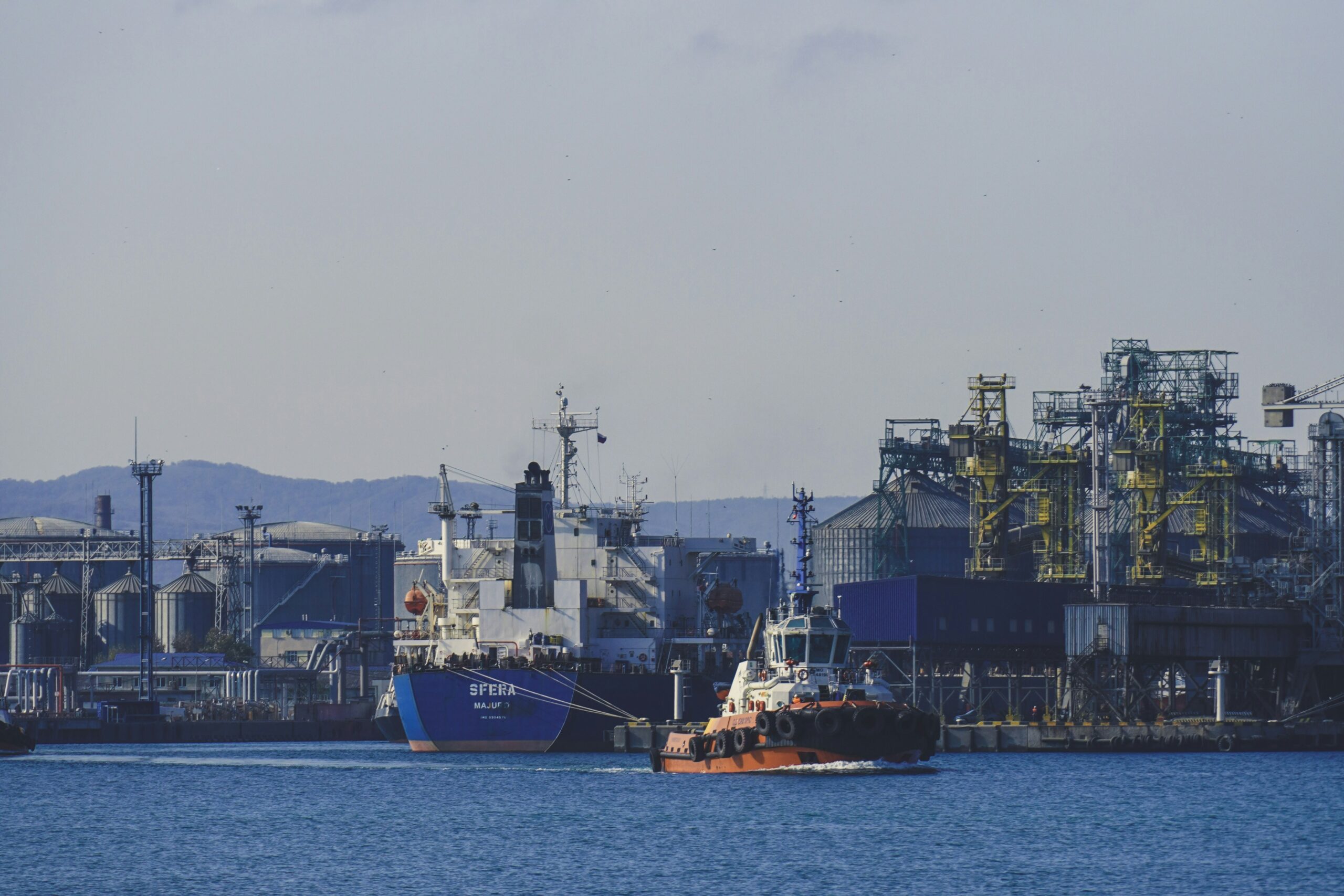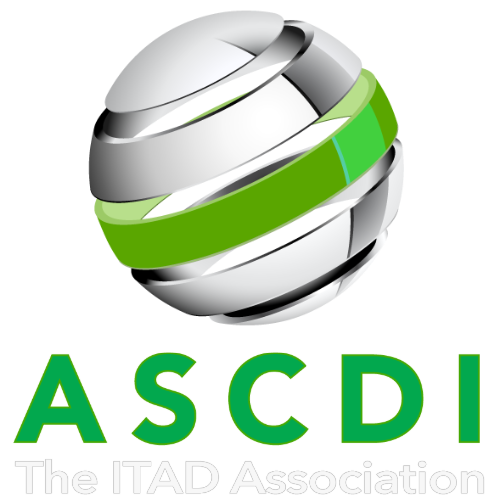Kelsey Polansky, SupplyChainBrain.com, March 26, 2024
For global supply chains striving to meet growing expectations of sustainability, transparency and traceability are essential capabilities.
Those qualities can be tricky to achieve in a complex supply chain network. The first challenge is ensuring smooth data flow across disparate systems across multiple organizations, and paying attention to data privacy norms and conflicts of interest, such as supply chain partners working with more than one company. The second challenge is ensuring that the data is secure, accurate and captured in a way that supports reporting and sustainability.
Following is a step-by-step approach to overcoming these challenges, with a particular focus on sourcing.
Data consolidation. The process starts with gathering certifications and ingredient data for materials, using a Global Trade Identification Number (GTIN) to standardize product traceability across organizational boundaries. Harmonizing all collected data ensures consistency and clarity, while checks and balances ensure compliance with local and international laws. In addition, cross-functional and cross-entity data integration creates a unified source of truth, laying a solid foundation for transparency and traceability throughout the supply chain.
Traceability modeling. The next step involves structuring the data to efficiently monitor and examine a product or material’s entire lifecycle, from raw-materials acquisition to final consumer delivery.
For instance, farmers may report their corn’s organic status or their farming certifications. This information needs to be translated into a standard format to calculate key performance indicators such as the percentage of sustainably sourced agrarian materials. While seemingly simple at first, the complexities escalate for large companies procuring hundreds of materials worldwide, all needing to comply with numerous regional and global certifications. Thus, traceability modeling becomes a nuanced but critical step, requiring precision, efficiency and comprehensiveness to establish data-driven supply chain sustainability.
Supply chain reporting. Once data is centralized and formatted to support KPI measurability, reports can be generated to track suppliers’ performance from the first tier to the nth tier. These reports can create transparency for internal teams, external partners and auditors. Automated disclosures of a regular frequency can flag risks, such as deviations of the KPIs from acceptable norms, so they can be mitigated quickly.
To access the full article, click here.
Learn more about Onepak’s reverse logistics services and sustainability initiatives








